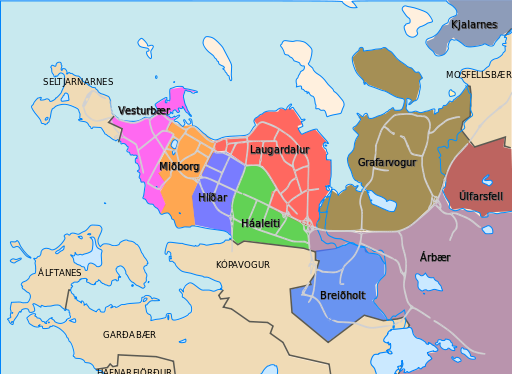Your prospect has better things to do than visit your website. (If they don’t they’re probably not making any money, making them a less-than-stellar prospect …)
So when prospects come to your website, do you think they care more about you or about solving the business issue they’re having?
If you think they care about you, you may want to chat with some of your clients and prospects. You’re in for a rude awakening.
But if you agree that your prospects are on your website because they are looking for a solution to a problem they’re experiencing, why is the first item on your site’s main menu, “About Us?”

What Goes Where
There are a lot of things that first link can be – Who We Help, How We Help, Services, and so on – but no matter what you call it or how you position it, that first section has to be all about the benefit you bring to the client.
That’s not to say that your prospects don’t care about you at all. It’s that they only care about you after they’ve determined whether you can help them.
So it’s after they’ve explored what you do and how you do it, who you’ve helped and how your services have benefited other organizations like theirs that they want to know more about you, your team, and your history – all the stuff that typically resides in an About section.
I’ll note that if you can artfully weave your own story into the information you present about your products or services, that can be even more powerful than anything in your About section. That’s something to strive for and an excellent reason to bring in a professional writer.
The story you weave into your site can’t be about your favorite dessert or your first car. They need to relate to your mission and passion – the reasons that drive you to do things the way you do them. In other words, your key differentiators.
So if you’ve come to offer the services you do because of your own journey as a small business owner or marketer – or an experience in the corporate world that pushed you to start your own firm – you’ll definitely want to highlight that in whatever way you can.
What Else to Include
Beyond these basics of positioning, your main menu should include everything you need to encourage visitors to dig deeper and nothing more. Your home page content and calls to action are really what should be driving deeper engagement. The main menu doesn’t need to be a detailed map of your site. It needs to point visitors in the right direction to find the details.
It can be helpful to think of you probably plan a trip to an unfamiliar city. The first map you want to see probably isn’t the zoomed in view of the heart of downtown. It’s more general – how does the city lay out? Where is the airport in relation to my hotel? Where is the main shopping district? Restaurants and night life?
Your submenus are what get you into the details of each area of interest. So don’t overload the menu with every detail. That’s not what visitors want initially.
Don’t worry that you can’t read minds.
What Comes Last
The last bit of advice I’ll offer is, fittingly, what should be at the end of your main menu. In almost every case, the last item on the bottom or right side of your main menu should be Contact. That placement has become a norm and it’s what your audience expects. Don’t make them thing about something as basic as that.